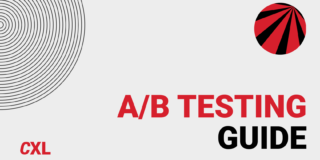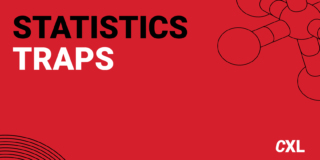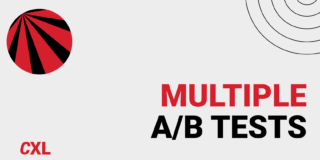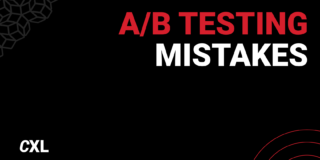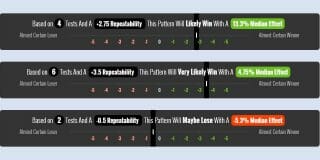Best A/B Testing Tools for 2023: 21 Alternatives to Google Optimize
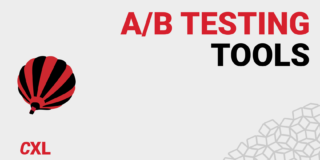
A/B testing is no longer a new field. Finding a proper A/B testing tool isn’t the problem anymore. Now, the problem is choosing the right one.
Google has announced that it will shut down Google Optimize in September 2023, putting an end to one of the most used A/B testing tools ever.
